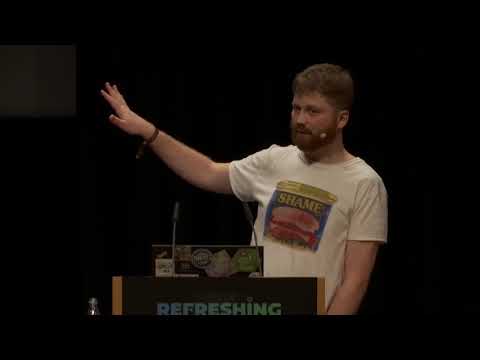Description:
Explore the fascinating world of cosmological structure formation and galaxy evolution through massive computer simulations in this conference talk. Delve into the computational methods used to unravel the processes that shaped our observable Universe. Gain insights into the current understanding of cosmic evolution, the history and techniques of simulations, and their present state and future prospects. Learn about N-body simulations tracking dark matter in an expanding universe, the formation of galaxies within the cosmic web, and the immense computational power required for these undertakings. Discover how these simulations compare to real-world observations, their role in advancing our understanding of the Universe's composition, and potential future improvements in cosmological simulations to explain more phenomena and keep pace with observational advancements.

Simulating Universes
Add to list
#Conference Talks
#Science
#Astronomy
#Astrophysics
#Cosmology
#Black Holes
#Supernovae
#Dark Matter
#Universe Evolution
#Physics
#Fluid Mechanics
#Hydrodynamics